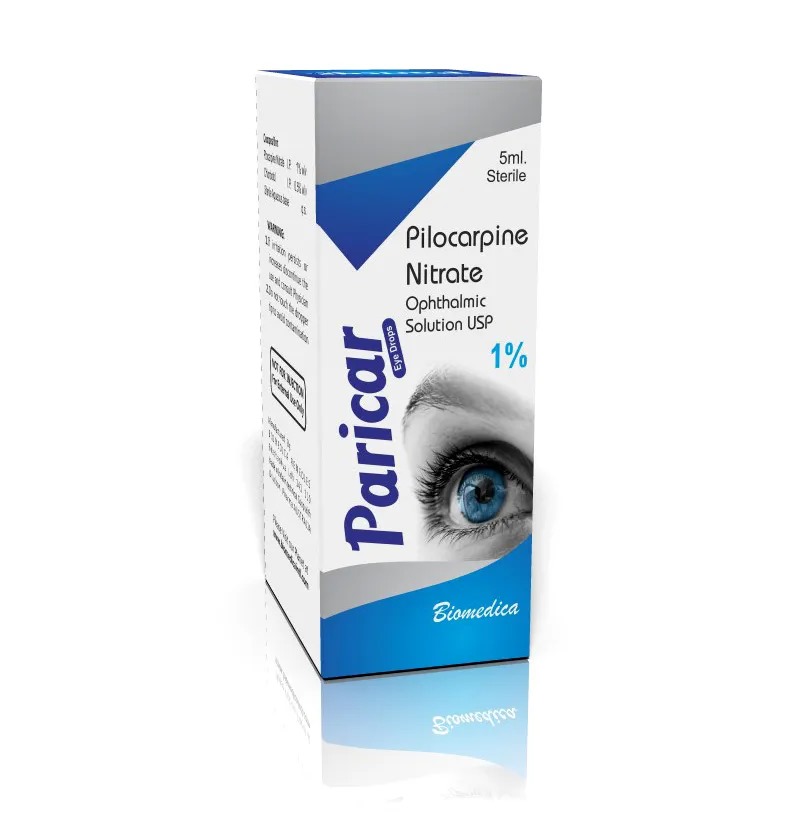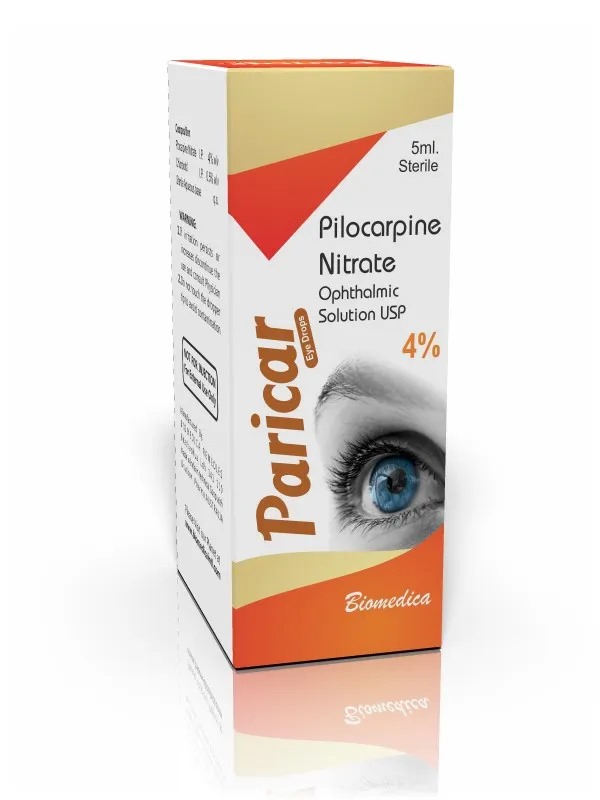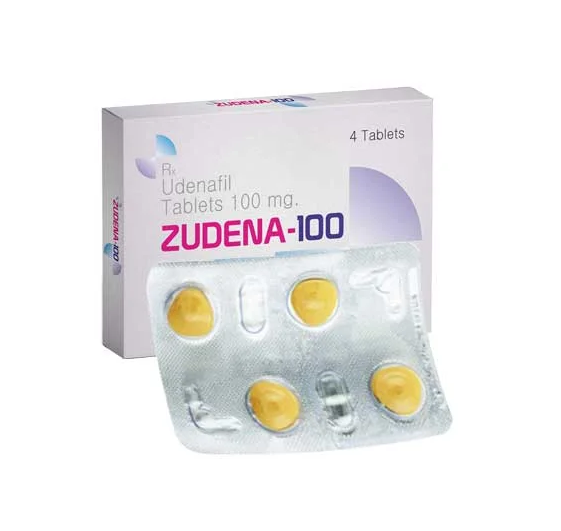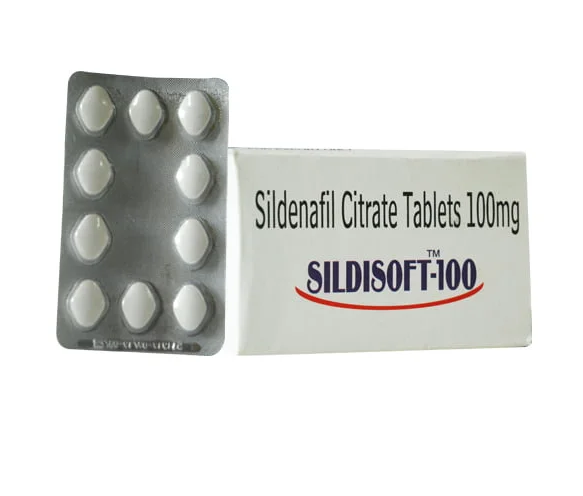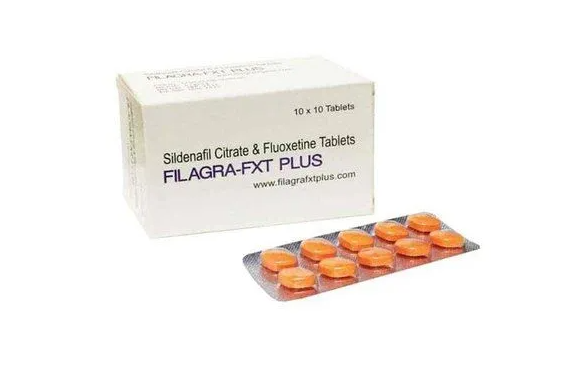Paricar (Pilocarpine Nitrate 1% Eye Drops) is a miotic ophthalmic solution primarily used to manage certain eye conditions. Here's an overview of its uses, dosage, and safety considerations: ________________________________________ 🔍 Uses 1. Treatment of Glaucoma and Ocular Hypertension Pilocarpine Nitrate 1% is utilized to lower elevated intraocular pressure (IOP) in patients with open-angle glaucoma or ocular hypertension. It achieves this by increasing the outflow of aqueous humor from the eye, thereby reducing IOP and helping prevent vision loss and nerve damage . 2. Management of Acute Angle-Closure Glaucoma In acute angle-closure glaucoma, Pilocarpine Nitrate 1% may be used to constrict the pupil, facilitating the opening of the angle between the iris and cornea, which helps in reducing IOP . 3. Induction of Miosis Pilocarpine Nitrate 1% is employed to induce miosis (pupil constriction) during certain eye surgeries or to reverse the effects of drugs used to dilate the pupil during eye examinations . ________________________________________ 💧 Dosage and Administration • General Dosage: Instill one drop into the affected eye(s) 1 to 4 times daily, as directed by your healthcare provider . • Application Method: 1. Wash your hands thoroughly before use. 2. Tilt your head back slightly and pull down the lower eyelid to form a pouch. 3. Hold the dropper above the eye and instill the prescribed number of drops. 4. Close the eye gently and apply gentle pressure to the inner corner of the eye for 1 to 2 minutes to prevent the medication from draining away. 5. Avoid touching the dropper tip to any surface, including the eye, to prevent contamination . ________________________________________ ⚠️ Safety and Side Effects • Common Side Effects: o Headache o Eye irritation or discomfort o Blurred vision o Visual disturbances • Precautions: o Consult your doctor if you are pregnant or breastfeeding, as the safety of Pilocarpine Nitrate 1% during these periods is not well-established . o Use with caution if you have a history of retinal diseases or other eye conditions. o Avoid driving or operating machinery if you experience blurred vision or visual disturbances.
Send Message